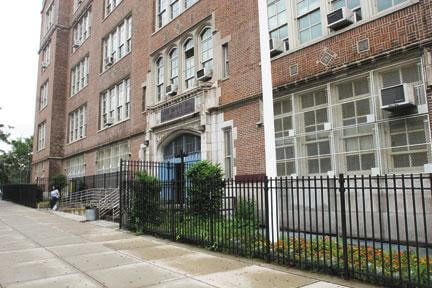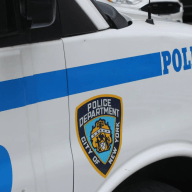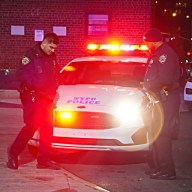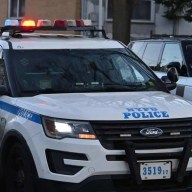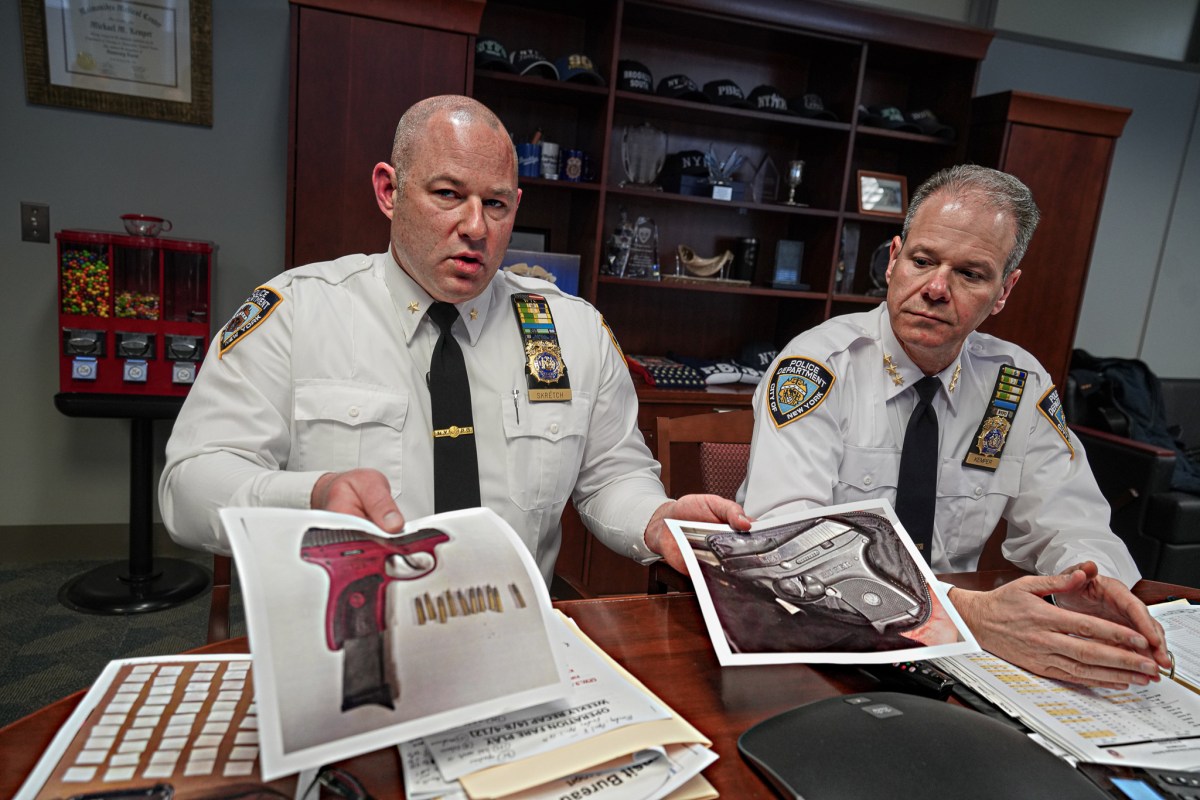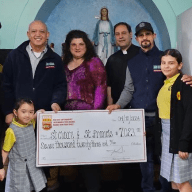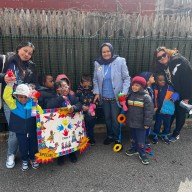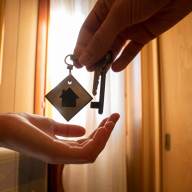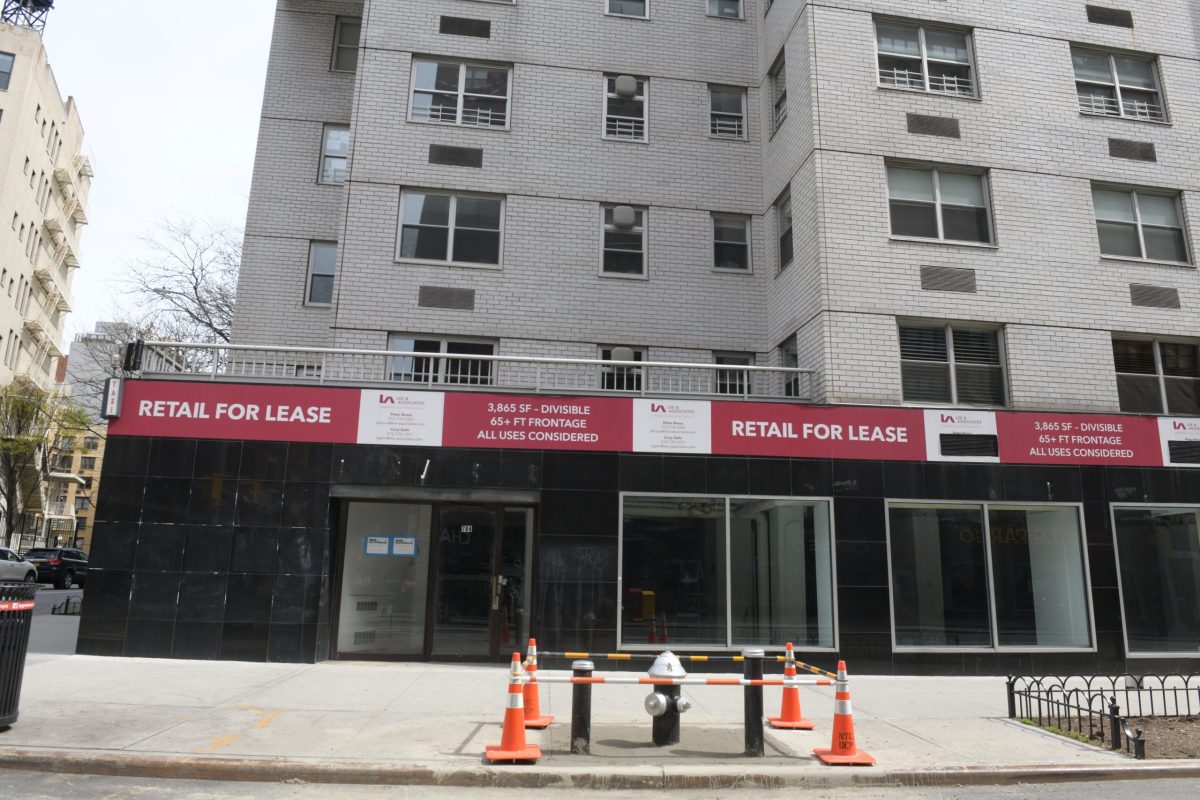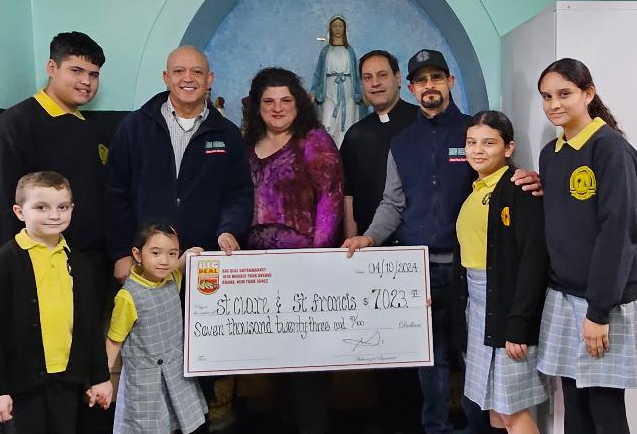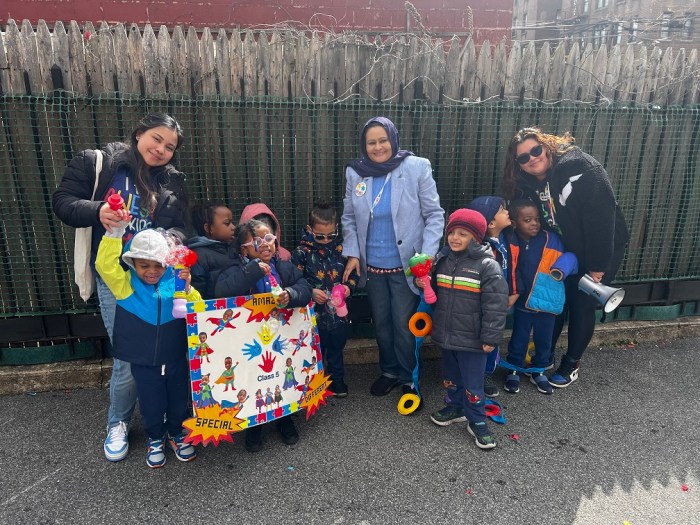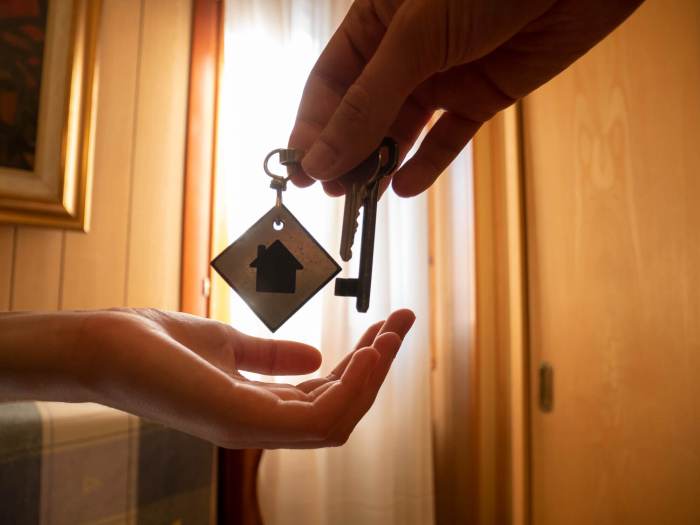It is the second time in two years the US DOE has given grants to SLCs in the City.
The trend towards the innovative programs has been remaining steady in recent years, and the five-year grant will be used to support leadership training for educators, college readiness programs for students, and partnerships with non-profit groups that help facilitate an SLC at Grace Dodge.
Small learning communities are comprised of 250 to 500 students, organized around themes or unifying principles, and led by assistant principles and teachers.
“Small learning communities have begun to help several of our large high schools raise student performance, and this generous grant will enable schools to enhance these programs,” said New York City schools chancellor Joel Klein. “Schools with small learning communities give our students and families more good choices to consider when deciding where to go to school.”
The grant will become part of a program already in place at the DOE called “Framework for Small Learning Communities in NYC,” which on September 19 will serve more than 37,000 students across the five boroughs.
Students entering Grace Dodge will enter into such a program in the ninth grade which will ready them for the next four years of high school and a critical choice of which vocational based SLC they would like to enter at the start of their 10th grade year.
“Throughout the course of the ninth grade, we will have an SLC fair, and students will come to know the teachers and programs of the various communities within the schools so that they can get a sense of which academy or SLC they would like to enter in the tenth grade,” said Robert Hernandez, principal.
Grace Dodge currently offers four vocational SLCs, which have specific labs, such as the popular beauty salon on its grounds, geared toward specific occupations.
These vocationally based SLCs include the school of business and technology, the school of professional beauty, the school of legal and criminal justice, and the school of health science.
Teachers will work as teams within small learning communities to integrate its themes across subject areas and target the needs of individual students.
Students at schools with SLCs enjoy many of the benefits of large high schools, including a wide array of elective courses and extracurricular activities, while developing close relationships with teachers and guidance counselors.
Preliminary results for schools with such innovative learning communities show improved ninth grade credit learning and attendance in comparison with similar schools that do not have such initiatives.
“Three characteristics of SLCs are academics, personalization, and outside connection,” Hernandez explained. “I am committed to the vocational vision of the school, and getting students the tools to pursue vocational opportunities or furthering their education.”

